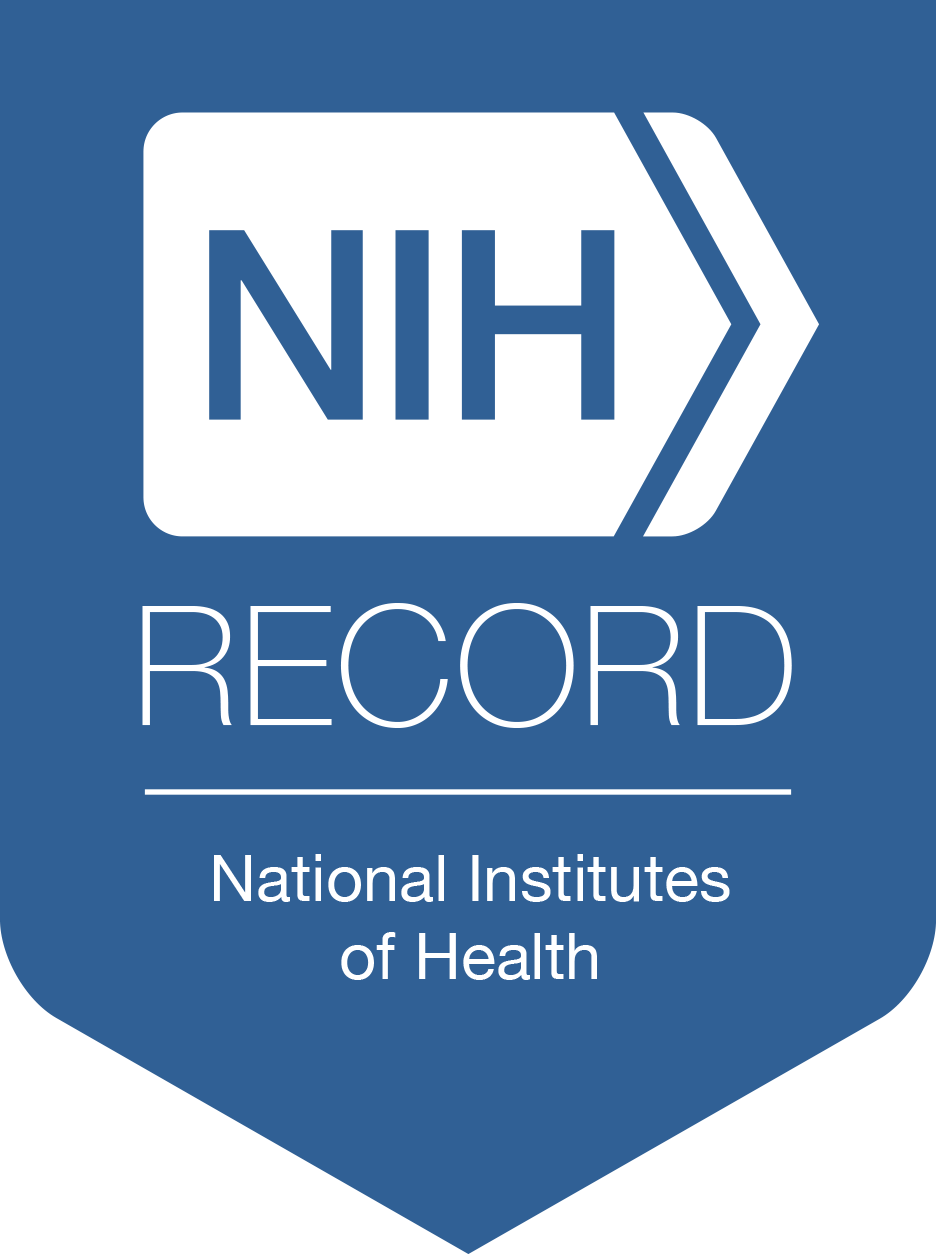NIH Researchers Develop Measure for Predicting Diets High in Ultra-Processed Foods

NIH researchers have identified patterns of metabolites in blood and urine that can be used as an objective measure of an individual’s consumption of energy from ultra-processed foods. The findings appeared in PLOS Medicine.
Metabolites are left after the body converts food into energy, a process known as metabolism. Scientists used these data to develop a score based on multiple metabolites, known as a poly-metabolite score, that has the potential to reduce the reliance on, or complement the use of, self-reported dietary data in large population studies.
“Limitations of self-reported diet are well known,” said lead investigator Dr. Erikka Loftfield of NIH’s National Cancer Institute, who researches the connections among diet, metabolism, the microbiome and genetics and their effects on cancer risk. “Metabolomics provides an exciting opportunity to not only improve our methods for objectively measuring complex exposures like diet and intake of ultra-processed foods, but also to understand the mechanisms by which diet might be impacting health.”
Diets high in ultra-processed foods—defined as ready-to-eat or ready-to-heat, industrially manufactured products, typically high in calories and low in essential nutrients—have been linked to increased risk of obesity and related chronic diseases, including some types of cancer. Large population studies quantifying the health effects of ultra-processed foods typically rely on self-reported data from dietary questionnaires, which may be subject to differences in reporting and may not account for changes in the food supply over time.

In the new study, the researchers used data from several existing studies to identify metabolites and patterns of metabolites in blood and urine that were related to ultra-processed food intake.
Observational data came from 718 older adults who provided biospecimens and dietary information over a 12-month study period. Experimental data came from a small clinical trial of 20 adults at the NIH Clinical Center who consumed a diet high in ultra-processed foods (80% of energy) and a diet comprised of no ultra-processed food (0% of energy) for two weeks, each in random order.
The researchers found hundreds of metabolites that correlated with the percentage of energy from ultra-processed foods in the diet. Using machine learning, they identified metabolic patterns associated with high intake of ultra-processed foods and calculated poly-metabolite scores for blood and urine separately.
Additional tests found these scores could accurately differentiate within trial subjects between the highly processed diet phase and the unprocessed diet phase.
Study participants were older U.S. adults whose diets may vary from other populations. Therefore, findings will need to be replicated in other age groups and in populations with different diets. Additionally, future research is needed to determine the association of these poly-metabolite scores and the risk of diseases such as cancer and type 2 diabetes.
